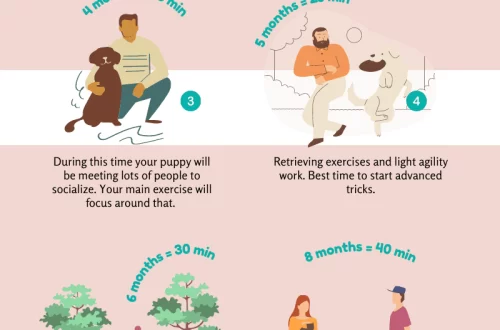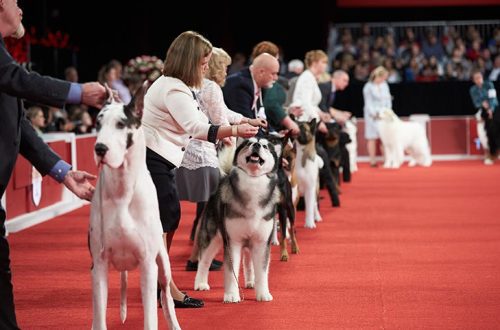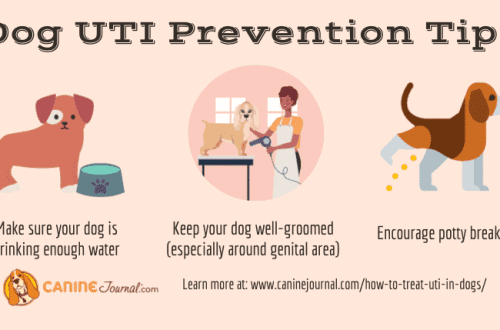
Puppy Chronicles: Dog Growth Stages
The development of a puppy as it grows up includes many stages and stages. Whether you’re wondering when a puppy will finally calm down and stop chewing on everything, or you’re just curious about what puppies go through as they grow up, or you want to know how old puppies grow, in these puppy chronicles you will find answers to your questions. questions.
Contents
- 1. When puppies open their eyes and begin to hear.
- 2. When puppies learn to bark.
- 3. When puppies learn to walk.
- 4. When puppies learn to play.
- 5. When puppies are teething.
- 6. When puppies learn to go to the toilet.
- 7. When puppies start eating solid food.
- 8. When puppies start to like people.
- 9. When do puppies need to start socializing?
- 10. When should puppies be vaccinated?
- 11. When should puppies be taught to go to the toilet outside.
- 12. When the puppy can be taken home.
- 13. When puppies are ready for obedience training.
- 14. When puppies begin to understand their place in the house.
- 15. When teething begins and puppies begin to gnaw on household items.
- 16. When a puppy can be castrated or spayed.
- 17. When puppies start to experience boundaries.
- 18. When puppies reach maturity and calm down.
1. When puppies open their eyes and begin to hear.
Puppies are born blind and deaf: their eyes and ears are tightly closed. During the first two weeks of life, newborn puppies explore the world only through touch and smell. By the third week, their eyes open and the pup begins to hear, giving the pup a whole new way to experience life. This is usually because puppies are not born with fully developed brains, which distinguishes dogs from other mammals, which have a longer gestation period.
2. When puppies learn to bark.
When a puppy develops hearing, he begins to imitate the sounds he hears from his mother. After this stage, the puppies will not take long to go from soft purring to full-fledged howls and barks.
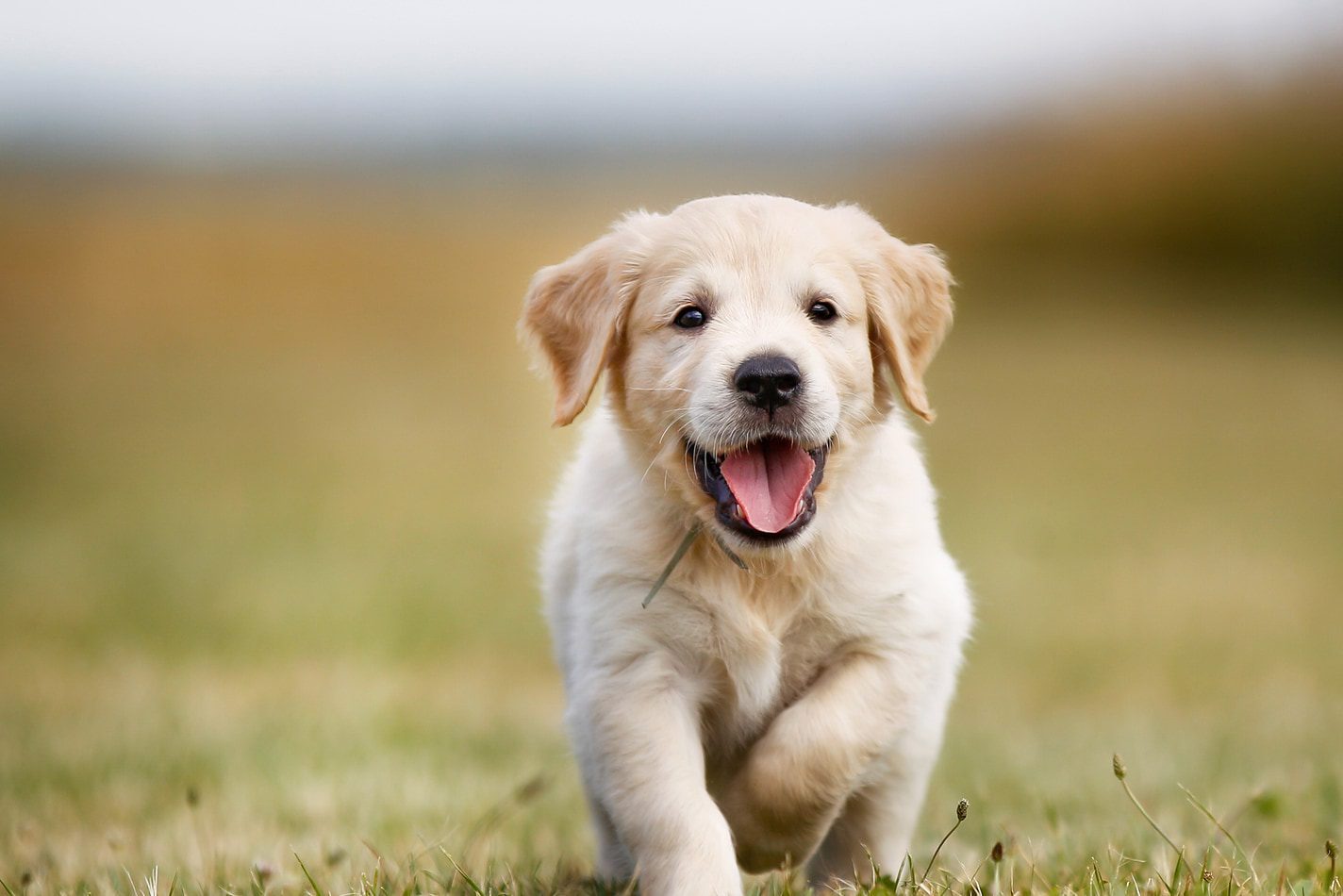
3. When puppies learn to walk.
Babies acquire the skill of standing on four legs almost simultaneously with the development of feelings. By the third week of life, they begin to take their first clumsy steps, which gives them a new sense of independence for them.
4. When puppies learn to play.
Soon after the puppies become mobile, they begin to run and play with their siblings. Around three weeks of age marks the start of a critical stage of socialization when puppies learn from their mother and siblings what it means to be a dog.
5. When puppies are teething.
The third week of life for a puppy is very important. In addition to the milestones of development described above, sharp milk teeth begin to erupt in him. As a rule, all milk (puppy) teeth erupt by the eighth week.
6. When puppies learn to go to the toilet.
In the third or fourth week, puppies begin to control the bladder and bowel movements. They learn to leave the sleep zone before relieving themselves.
7. When puppies start eating solid food.
Although puppies may start to eat solid food immediately after teething, it is not until the fourth week that their mother’s milk production starts to slow down and they begin to permanently transition to solid puppy food. The weaning process usually takes about four weeks and is fully completed by the 8th week.
8. When puppies start to like people.
In addition, by the fourth week, puppies begin to form emotional attachments and bonds with the people around them. While it’s still too early to separate your little one from his mother and siblings, this is the time to get to know the puppy you’re about to adopt.
Although puppies begin to learn about peace and social order in their litter by the third week, the period from week four to twelfth week is critical for socialization and makes the difference between a puppy growing into a well-behaved dog and a puppy turning into a dog with emotional and behavioral problems. . The sooner at this stage of development the puppies begin to meet new people, interact with other pets (provided that the latter have also been vaccinated and veterinary examinations and will not infect your puppy with various diseases), explore the world and make new positive impressions, the better.
10. When should puppies be vaccinated?
According to the American Kennel Club, puppies should begin vaccinations between the sixth and eighth weeks. By the time the puppy can be adopted into the house, he should already be vaccinated against distemper, parvovirus and parainfluenza. Your puppy will be ready for the next round of vaccinations at ten to twelve weeks of age.
11. When should puppies be taught to go to the toilet outside.
According to Dogtime, by the seventh week, a puppy develops the physical coordination and muscle control needed to train him to go to the toilet in the right place. The likelihood of incidents, however, is still high. The puppy’s muscles continue to develop, and new neural pathways are formed that help him understand how and where to relieve himself properly.
12. When the puppy can be taken home.
Once a puppy is fully weaned, it is ready to leave the family it was born in and go to a new home. This is a very delicate time. Although the baby has already matured to the readiness to accept new family members and receive new experiences, he also enters the stage of fears, which can last until about the twelfth week. At this age, puppies need a lot of confidence and positivity so they don’t grow into anxious dogs.
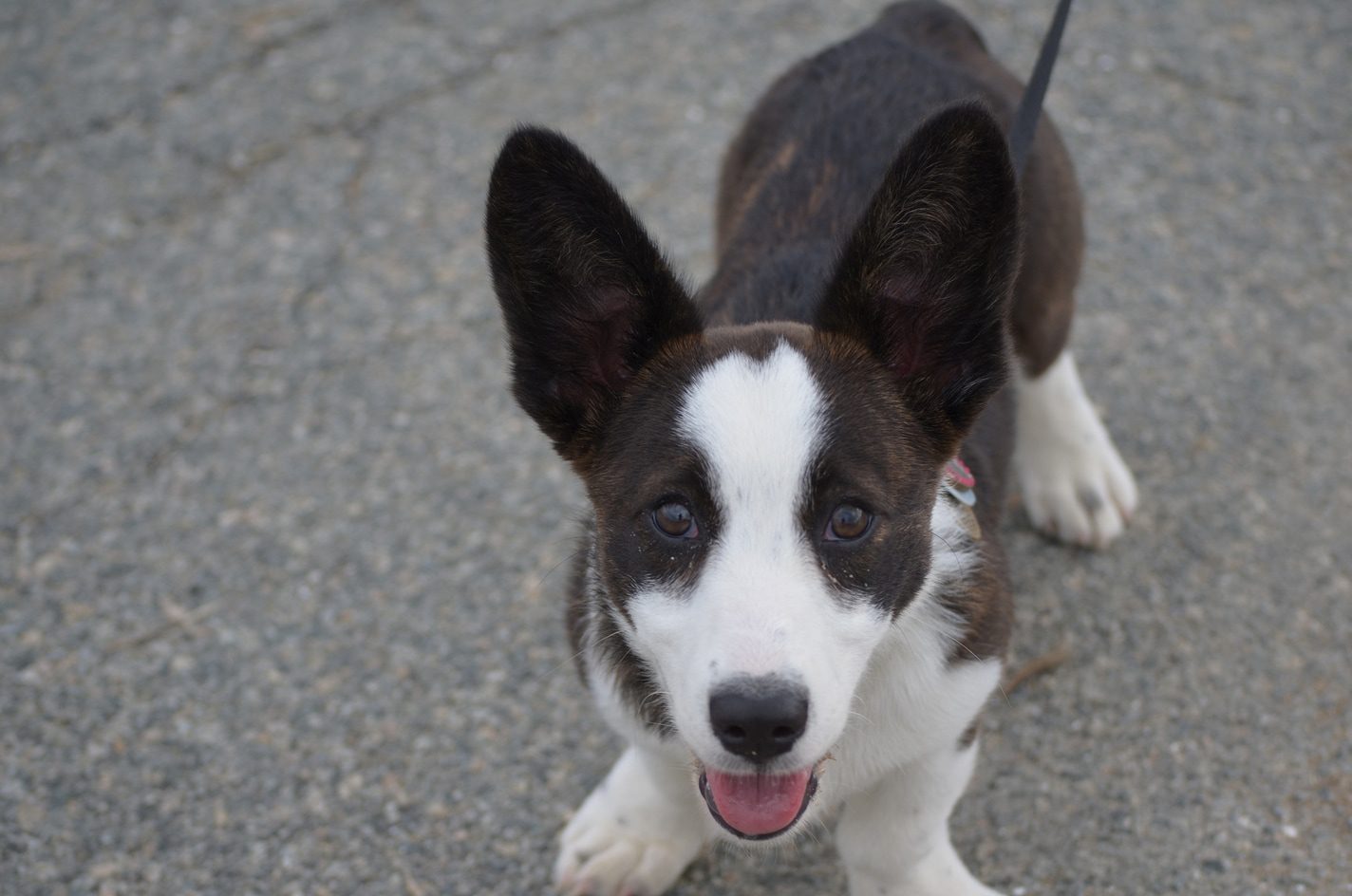
13. When puppies are ready for obedience training.
By the ninth week, after the puppy has settled into his new home and established bonds with his new family, he is ready to begin basic obedience training. Although some pet owners are reluctant to enroll their pets in obedience classes before they have had all of their vaccinations, the American Veterinary Society for Animal Behavior notes that the socialization benefits of attending obedience classes at this age far outweigh any risks associated with incomplete vaccinations. . However, be sure to check with your veterinarian first for their opinion.
14. When puppies begin to understand their place in the house.
At the twelfth week, the puppy’s instincts for dominance and submission begin to come to the fore, and he tries to figure out how he fits into the social order of the family. At the twelfth week, the stage of fears is replaced by curiosity, as the puppy becomes more independent and assertive. At this moment, he needs a lot of support from his loved ones. Usually puppies begin to clearly understand their place in the family at about the age of six months.
15. When teething begins and puppies begin to gnaw on household items.
The molars begin to appear at the age of three to six months, and it is at this point that the puppy develops the habit of chewing on everything. At this stage, it is important to protect the house from the “rodent”, to hide or place out of reach all objects that you want to keep from his sharp teeth, as well as anything that could create a choking hazard or otherwise harm the puppy, such as wires and poisonous plants. Providing your puppy with enough toys to chew on during this period will help save the living room rug and your favorite shoes.
16. When a puppy can be castrated or spayed.
Puppies can be neutered or spayed at four to six months of age. This should be done no later than six months to prevent exposure to hormones that cause destructive behavior.
17. When puppies start to experience boundaries.
As teenage puppies become more independent, they may try to establish themselves in the pack, establish dominance and mark their territory. It is common for puppies between the ages of six and eighteen months to push the boundaries and challenge the authority of their owner, as well as any other pets that make up their “pack”.
18. When puppies reach maturity and calm down.
The emotional maturity and temperament of an adult dog usually develops in puppies between twelve and eighteen months of age, although they may still occasionally display childlike behaviors such as chewing or biting until they are two years old. As a rule, by the age of eighteen months, the pet acquires maturity and fully adapts to its place in the family. However, this does not mean that he will cease to be a bundle of energy – this can continue for several years, depending on the nature of the dog, so regular physical activity and training are important for acquiring the correct behavior skills.
The normal development of a puppy is certainly fraught with problems, and most often such problems test the patience of new owners. But growing up a puppy, from infancy to adulthood, has a huge payoff in the form of an endless number of joyful moments.



